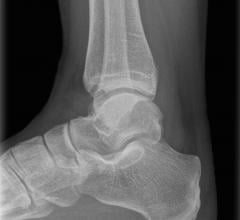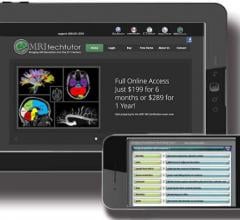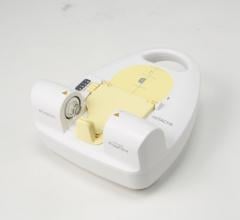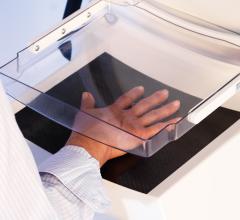September 8, 2008 - Hologic is the first diagnostic medical device manufacturer to receive FDA clearance to incorporate the World Health Organization (WHO) FRAX 10-year fracture risk calculator into its bone densitometer systems.
Hologic has built FRAX technology, a tool to help healthcare providers identify and proactively treat patients with a high risk of bone fractures due to low bone mass and other risk factors, into its Discovery and Explorer bone densitometer systems.
The WHO Collaborating Centre for Metabolic Bone Diseases, located at the University of Sheffield Medical School, U.K., developed the technology under the leadership of Professor John Kanis, Ph.D. While the T-score remains the standard for diagnosing osteoporosis, FRAX breaks new ground enabling healthcare providers to identify patients with a high risk of experiencing bone fractures within a period of 10 years. By combining eleven of the highest risk factors, including age, personal history of factures, and family history of fractures, plus country-specific life expectancy and country-specific fracture data, FRAX identifies patients who are at high risk of fracture but would not be candidates for preventative therapy using the traditional T-score.
“By incorporating the FRAX calculator into our bone densitometer systems, we dramatically alter and improve the way patients are evaluated and treated for potential bone fractures,” said Kevin Wilson, Ph.D., Scientific Director at Hologic. In the United States, the National Osteoporosis Foundation in collaboration with many other physician groups has issued guidelines recommending that a patient’s 10-year fracture risk calculated with FRAX be used by physicians to determine whether pharmacological treatment is indicated for prevention of bone fractures.” (Clinician’s Guide to Prevention and Treatment of Osteoporosis ©2008 National Osteoporosis Foundation. Available at www.nof.org.)
For more information: www.hologic.com


 February 22, 2018
February 22, 2018 








